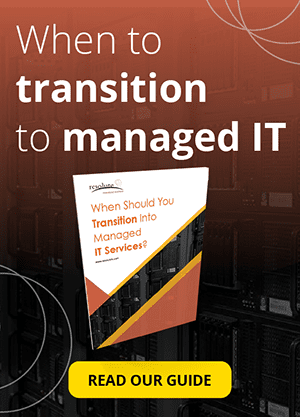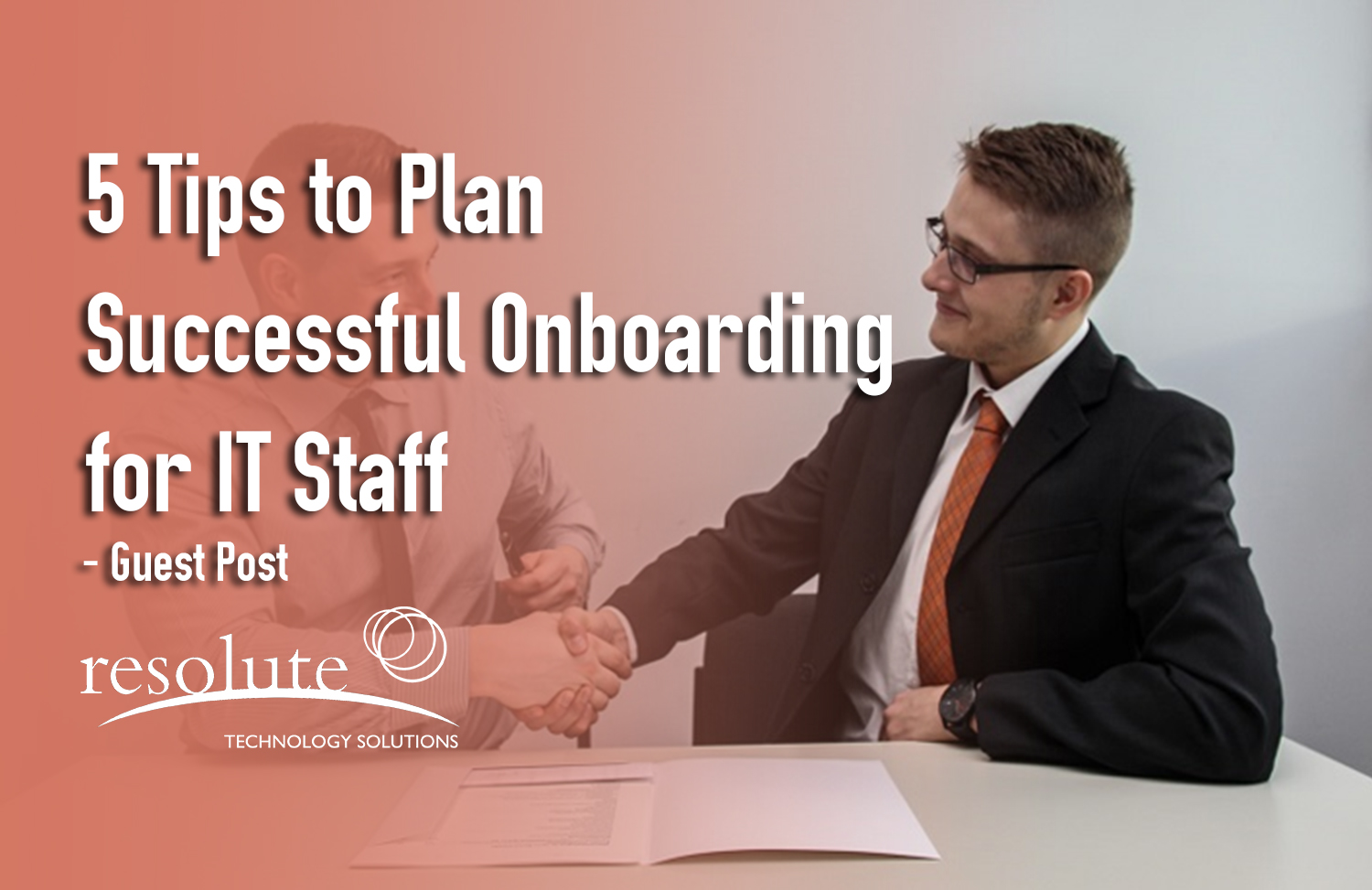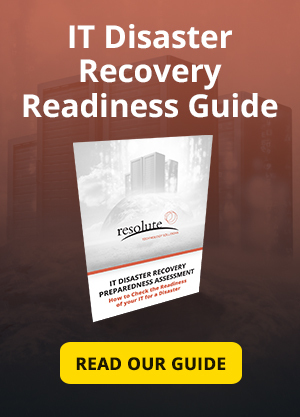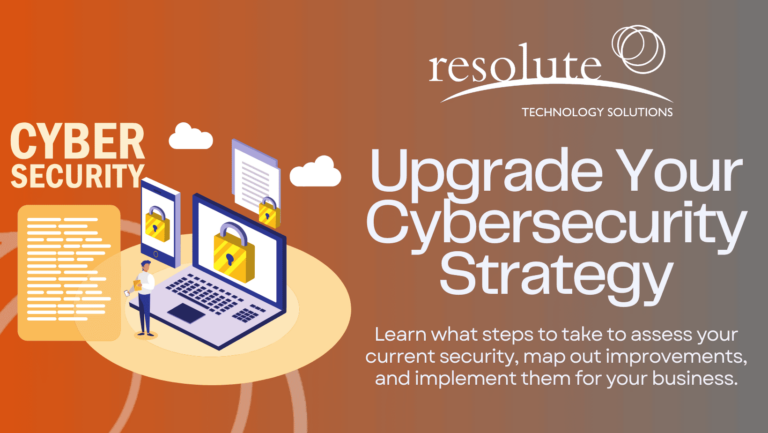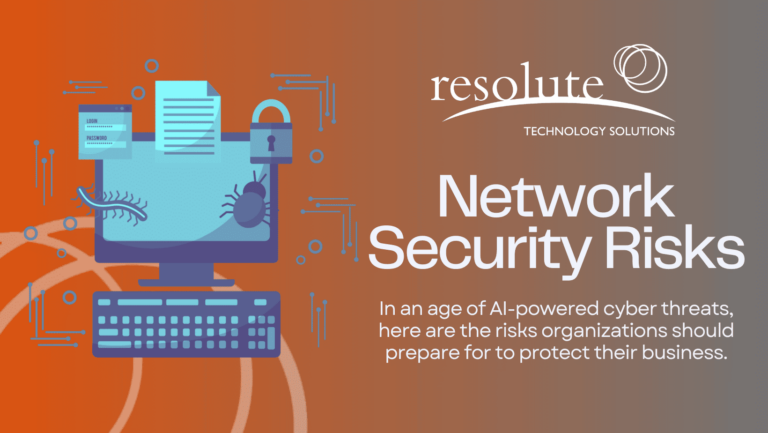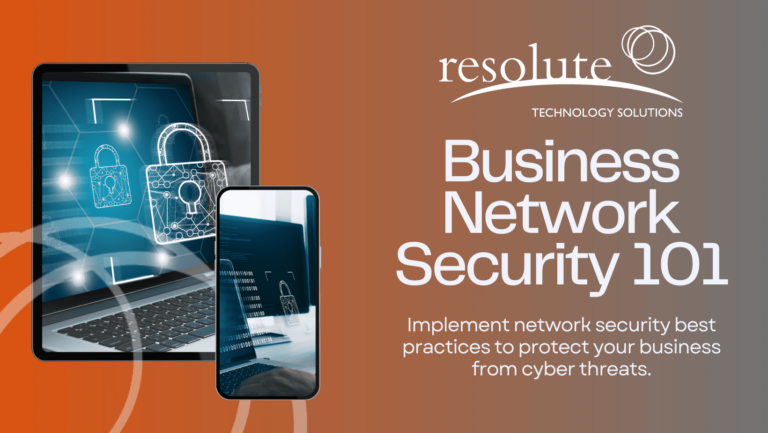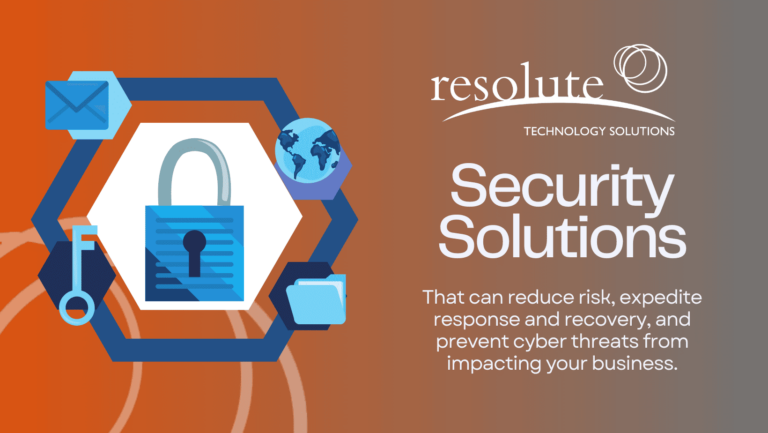Once you’ve hired a new team member for your IT staff, it’s time to onboard them. And let’s face it, onboarding can be challenging sometimes, especially when it comes to IT services and products.
Ultimately, it’s all about achieving a balance. So, you’ll need to give your new hires the right information to get started, but without completely overwhelming them.
Thus, the process needs to be as seamless and effective as possible. That way your new hire will hit the ground running as soon as they start working.
Also, keep in mind that the COVID-19 has made remote working increasingly popular. So, in this case, effective onboarding is even more crucial to ensure remote team collaboration.
The key to effective onboarding is strategically planning and testing your program with a clear set of goals.
By doing this, you’ll ensure that you empower your employees to know all the ins and outs of your company, the necessary equipment and tools to fulfill their duties and what their exact responsibilities are.
But how to plan a successful onboarding program? In this post, we’ll look at some tips you can use in your planning.
1. Get the Right Information
Before your new hire starts, you’ll want to gather all relevant information from your HR department, hiring manager, or Recruiting Agencies.
By getting the right information, you’ll be able to prepare for the new hire’s arrival. And when you’re properly prepared, you’ll ensure that the new hire’s transition into your business is seamless.
The typical information you’ll need includes:
- The full names of your new hires
- Their contact information
- Their job title
- Their starting date
- The IT resources they’ll need
- The type of hardware or devices they’ll use
- Their past experience
Also be sure to confirm this information with the new hire where necessary. This eliminates miscommunications and errors, and consequently, you’ll have more information about the potential challenges they might face.
2. Prepare the Team
It’s important that your new hire feels included and that they’re part of the team from day one.
To achieve this, it’s crucial that you introduce your new hires to the team. So, tell them about their new colleague, when they’ll start, and what they’ll do. In this way, they’ll know what to expect.
Also, to promote a healthy work environment, ensure that all team members make themselves available to give advice or support. In this way, your new hires will be encouraged to ask for advice or questions when they arise.
Ultimately, doing this ensures that your employees feel empowered enough to collaborate better, strengthen teamwork and take initiative.
3. Have Their Equipment Ready
You’ll need to make sure that you have all the tools, hardware, and equipment set up and ready on the day your new hires start. This eliminates many unnecessary challenges and waiting times.
Also, you’ll lessen their anxiety over not having the right tools to do the job. In the end, this helps your new hires transition into their new position.
When working remotely you could, for instance, have all the necessary equipment delivered to your new hire before their first day. In this way, they can be productive and collaborate with the team from the get-go.
Keep in mind that, as part of setting up their workspace and equipment it’s important that all their email and other accounts are also set up and running.
You’ll also need to train your new hire about the current cybersecurity best practices in your business.
Applying these tips ensures that they have access to all the necessary systems while limiting your risk.
4. Set Clear Goals and Expectations
It’s of vital importance that you outline and explain what the goals are and what is expected from each new team member.
This should be done in regard to the tools and processes that each of them will handle, but also in regards to your business goals.
Be very specific with your new hire and show them what their first few weeks on the job will look like.
Take the time to explain what projects they will be working on, what are the common challenges and what needs to be improved. Mentioning previously identified mistakes will also help them avoid them so their work is as productive as possible.
Also, you could include metrics and important milestones that they need to complete in the first few weeks in their position.
Additionally, it’s a good thing to train them on cybersecurity strategies, productivity tips, and best practices.
The ultimate goal with this plan is to show new hires what’s expected of them. This, in turn, makes them more at ease and sets them up for success.
5. Test and Retest
For any successful onboarding plan, regular evaluation is vital. On the other side, constant communication with your team also provides very useful insight to improve your strategy and identify flaws.
It’s thus crucial that you keep an open channel of communication and encourage your new hires to constantly provide their feedback.
This can take any form and could be something as simple as keeping the team updated on their progress.
The goals you set for your program should serve as guidance for the evaluation stage. Additionally, you can assign test tasks to your new hires and assess their performance based on the contents of your onboarding program.
If you notice something was not understood or wasn’t clear enough, this will help you draw a new approach for next time, that’s why it’s very important to open a positive communication channel with your new and former employees.
But the communication shouldn’t only come from your new hire. It’s also important that you follow up constantly with them to hear how they feel and how they’re progressing on the job.
The Bottom Line
To ensure the success of new team members on your IT staff, you need a well-planned onboarding program.
With such a plan, you’ll ensure that your new hires are set up for success and can hit the ground running.
Now you have some actionable tips you can use to develop an onboarding plan of your own. It is safe to conclude that apart from tip number 3 -having all the tools ready- all the other tips are based on a clear communication from both sides.
As you can see, communication will play a huge role in the outcome of your onboarding program.

This article is part of our guest post series.
Author bio: Michael is a content writer with experience in Tech, IT, Telecoms and Business. He began as a call center agent, eventually becoming manager. There, he learned about the topics he now enjoys reading and writing about. He’s currently covering topics such as Telecoms, Cybersecurity, Remote Work, etc.


